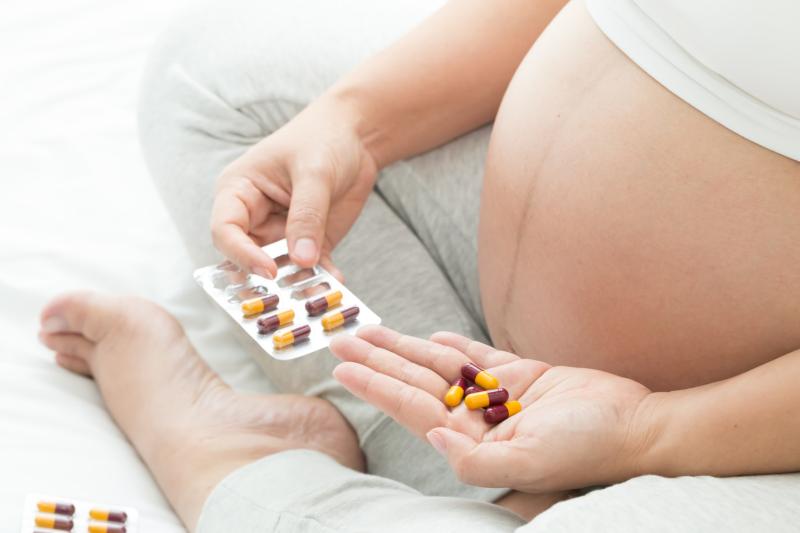 Many pregnant women require routine medication, but there is a critical shortage of information regarding the safety and efficacy of regular medicine for this specific demographic.
Many pregnant women require routine medication, but there is a critical shortage of information regarding the safety and efficacy of regular medicine for this specific demographic.Iron-folic acid (IFA) or multiple micronutrient (MMN) supplementation in pregnant women with or without mild anaemia does not seem to bear significant benefit, reports a recent study.
Researchers conducted a double-blind randomized controlled trial including 18,775 nulliparous women who were assigned to receive 400 µg of daily FA (n=5,765; mean age, 23.6±2.9 years), IFA (n=5,779; mean age, 23.6±2.8 years) or MMNs (n=5,734; mean age, 23.6±2.8 years). Supplements were taken from before 20 weeks of gestation until delivery.
Mean gestational weight gain was 12 kg and was statistically comparable across the supplementation groups. Upon enrolment, 70–71 percent of participants had haemoglobin levels from 110–130 g/L, 23–24 percent had haemoglobin concentrations >130 g/L, and 5–6 percent had levels <110 g/L.
After giving birth, haemoglobin concentrations remained comparable across the FA, IFA and MMN groups (123.6 vs 123.8 vs 123.9 g/L, respectively). None of the pairwise comparisons resulted in statistical significance. The prevalence of maternal anaemia was likewise similar across intervention groups postpartum (27.2 percent vs 26.8 percent vs 26.3 percent, respectively).
Further disaggregating according to baseline haemoglobin concentrations did not change the principal findings. None of the supplements used led to significant improvements in postpartum haemoglobin in any of the baseline haemoglobin groups.
Similar results were reported for infant outcomes. Mean haemoglobin levels at 6 months of age were comparable between the FA, IFA and MMN supplement groups (121.7 vs 121.7 vs 121.8 g/L, respectively). The same was true for the prevalence of anaemia (6.9 percent vs 6.7 percent vs 6.7 percent, respectively).